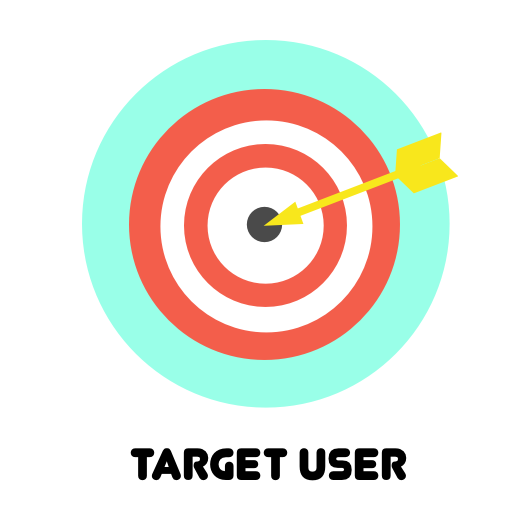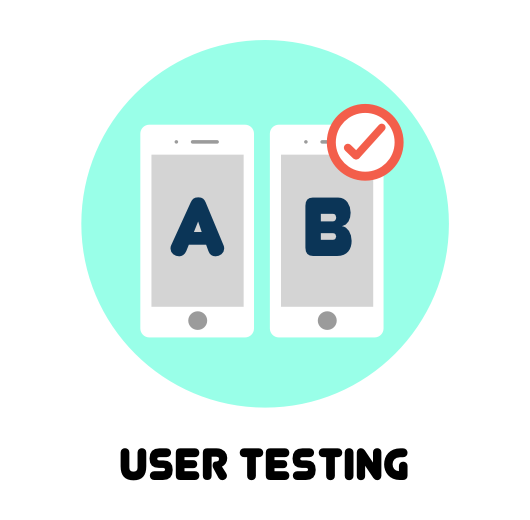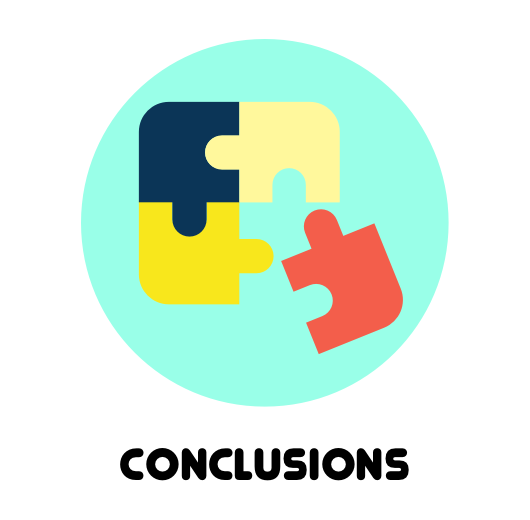Case Study
Design Thinking: Community Art
Graffiti in Austin, Texas
Objective: How can we involve people in the creation of community art without defacing property, maintaining a space for all to enjoy?
What I did: UX Design, Research, User Interviews, User Testing, Wireframing, Prototyping
Tools used: Interviews, Journey Mapping, Mural, Design Sprints, Paper Prototyping, Sketch, User Testing
Jump to any part of my design process:
The Challenge
“Imagine a city where graffiti wasn’t illegal, a city where everybody could draw whatever they liked. ”
Austin is a creative community full of people expressing themselves through painting, music, dance, and a variety of other media. Graffiti is one form that takes center stage, with new wall art and murals popping up regularly, some considered to have become part of Austin’s identity.
Graffiti is a source of controversy between law enforcement and those who wish to display and appreciate work in public locations. This rapidly developing art form presents itself in different ways, from tags on private property considered to be vandalism, to large-scale murals used for photo ops.
How can we involve people in the creation of community art without defacing property, maintaining a space for all to enjoy?
Discovery & User Research
Daniel Johnston's 'Hi, How Are You'.
I researched graffiti in the community to find out more about its place in Austin, and observed different types and patterns in various locations. Large murals tended to be located on walls outside of businesses or other developments, and smaller tags on private property such as fencing or trash cans. Many had social or political references, and popular locations had layers of graffiti by multiple artists built up.
Interviews provided background into how the community feels about creative expression in the public sector.
Target User: Creating Personas
The next step was to create a primary persona, or user archetype. Journey mapping helped to empathize and understand what the user might go through when interacting with art in the community.
Insight included:
Journey map: interacting with graffiti.
- Users are looking for new experiences.
- They're interested in getting involved and interacting with pre-existing artwork.
- Graffiti contributes to the 'Keep Austin Weird' mantra.
- It can be culture oriented, detail current events, or represent an individual.
Pain points:
- Users want their artwork shown but don't want to break the law.
- The fear of making a mistake and not being able to fix their artwork.
- Permanence of artwork can be daunting.
- Cost of supplies is limiting.
Empathy map in Mural.
Mural helped me create and empathize with my primary user, 'Charlotte'.
Charlotte, primary user
- Mid-twenties college graduate.
- Active and social in her community.
- Enjoys getting involved in new projects.
Needs
- A safe space to create art.
- Cost-effective way to produce and be creative.
Pain points
- Novice creator, not confident in her artistic skills.
- Afraid of making a mistake, doesn't want to mess up.
“Charlotte has little to no experience in the arts, but wants to create and get involved with her community”
Ideate
I used Design Sprints to quickly generate ideas. How might we make art more available to those who don't have the skills or correct tools? How can we create community art that everyone can appreciate and doesn't deface public property? Is it possible to remove the fear of failure? How could we do that?
Early problem-solving sketches.
Design
After brainstorming ideas, I decided to design a mobile app that would allow the user to create graffiti in a digital simulation of the real world around them. Their cell phone would perform as the 'real world' brush and allow the user to tag objects, create art and much more, to be saved on the digital platform.
This virtual reality drawing tool would allow users to navigate their surroundings to view and interact with artwork created by other people using the app. With repetitive use, users could simulate the build-up of graffiti in the community, or feel the rush of making their mark on the world without breaking the law.
Paper prototyping was the next step to making sure the idea would appeal to users.
A paper cellphone and colored pencils served as the user's device to accomplish the task. Two photo printouts of the same location served as the 'real world' and 'digital world'.
Users had the option to swap out colored pencils to simulate changing the tool (brush, pencil, spray paint can). And created some of their own virtual graffiti!
After initial user testing I moved forward with creating wireframes.
Map view sketch: Pin shows user's current location, spray can button to move to 'tag' menu.
Street map view, shown once user decides to create.
Tag tools sketch: User can toggle the brush type, line weight, color, and undo.
Medium fidelity wireframe, map view.
Medium fidelity wireframe, street view showing pre-existing tags.
Medium fidelity wireframe, tag tools screen. User can create a new tag while in this view.
User Testing
Users responded well to the idea of a virtual drawing space, with most feedback generated from ideas circling the app rather than user flow. They loved having a platform where they could create and have others interact as they went around the city, but were concerned over where ownership came into play and who might get credit if a particular tag was well received. Interesting thoughts included:
- Would this be a collaborative space for people to give feedback and can people leave comments?
- Would overcrowding be an issue?
- How do you claim ownership?
- Is there any accountability in terms of 'bad' art? How do you judge what's art and what's not?
- Is the digital space ever reset to a blank slate?
Conclusions and Looking Forward
Figuring out how to prototype a digital art space was tricky. How do you interact with an art space that isn't really there?
Creating a digital canvas within Austin captures the two threads that have helped define the city's culture: technological innovation and art. The marriage of the two through this app also makes for an enjoyable way for people to connect and see their city through a new lens.
We can involve people in the creation of community art by providing them a low-cost platform to collaborate with others, allowing for all skill levels.
Moving forward, I could see this platform providing an interesting commentary on how we view art as our world transitions more and more into the digital realm. How would we provide users with ownership of their creations? Do we have the option to stop or censor something others don’t find pleasing, and would this change the voice of the platform? Content still exists when created in the virtual world, and could potentially run into similar issues that graffiti does physically.










































